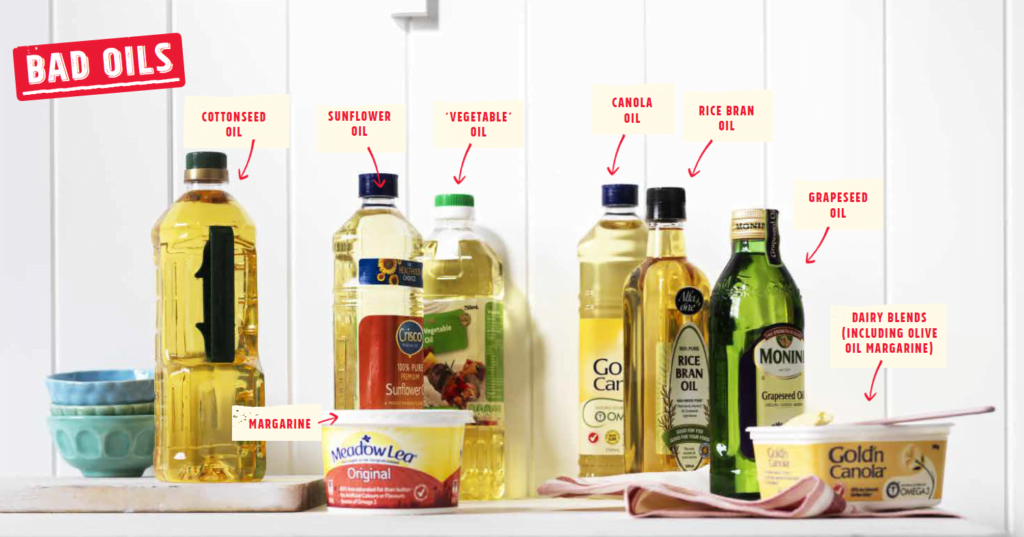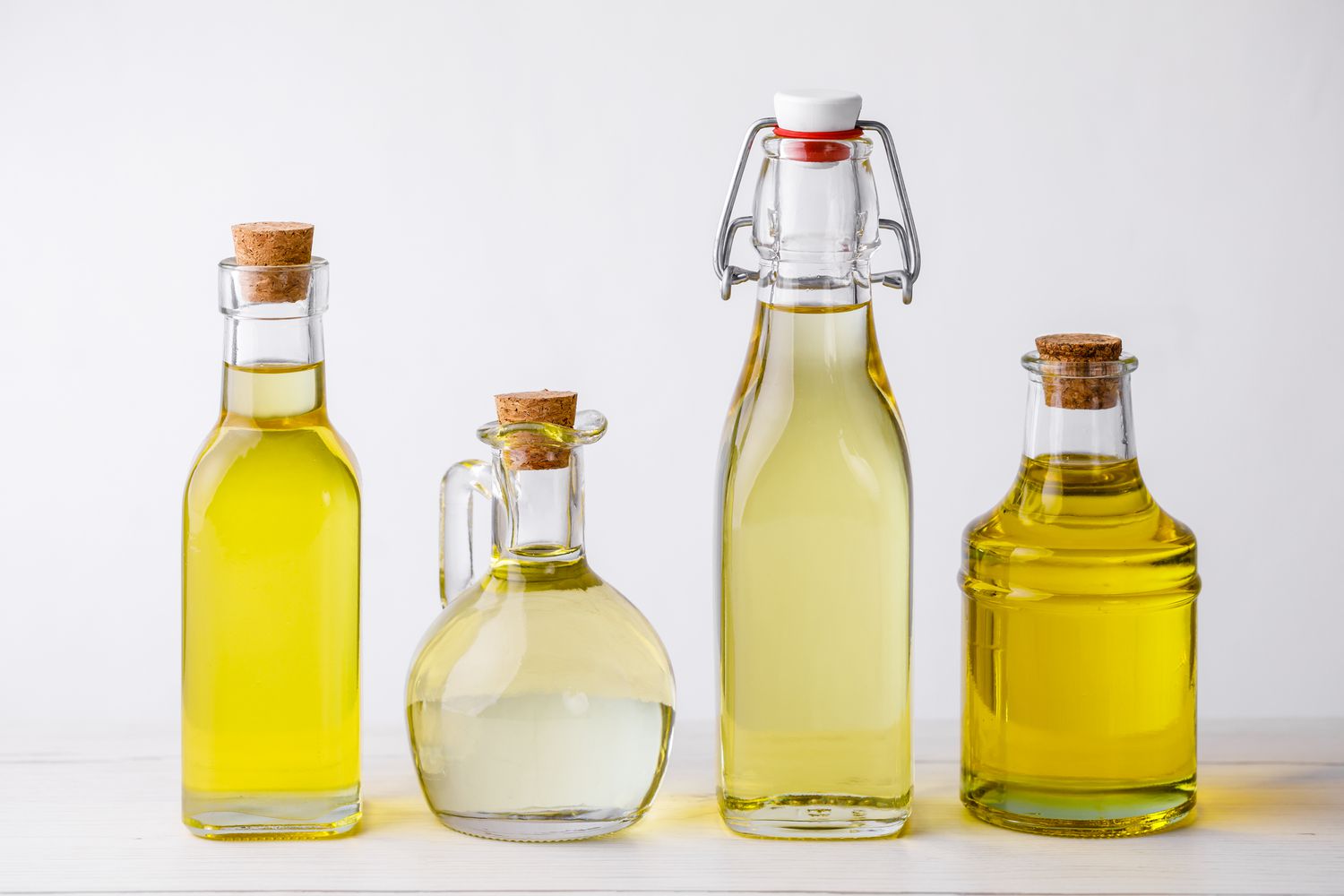The one supreme ingredient we will come across in the world of cooking are “Oils”, which are often stockpiled onto every kitchen shelf and is one of the basic and elementary substance. Cooking oils play a crucial role in the culinary world, not just as mediums for cooking, but as key ingredients that can significantly impact the flavour, texture, and nutritional value of your dishes.

It has always been taken for granted but using an appropriate oil into daily cooking for different types of regional culinary will not only enhance the flavors and your taste buds but also will keep you fit and healthy in the long run. Its not about watching an advertisement and jumping on a conclusion of buying an exclusive oil for a month and coming back to the same corner of refined oils. This generation is being educated, still awareness in basic areas of life fails due to improper attention into the sustainability in daily life. Like for example, we tend to buy the oils we have been using or we are attracted by the offers and sales, we are being carried away.
There’s an option for every health, goal, taste preference and budget when it comes to cooking oils. For high heating cooking, it’s important to choose oils that maintain their stability. Oils heated past their smoke point breaks down, which affects flavor and can produce unhealthy compounds.
Our renowned nutritionist and author Rujuta Diwekar, in her 12 Week Fitness Project has crafted her viewpoint so well, any fitness plan that was so effortless, so common sense, so organic that you could make permanent, lasting changes to your life without turning it upside down. An evolution of yourself and not an instant revolution. Same thing implies while we make a change in several areas of our lifestyle too. She has told time tested methods of our traditional cooking is gradually losing its essence due to the marketing strategy.
When your grandmother says something it’s because she has a true experience and the skill -set of the subject. Now going back to my childhood, my grandmom cooked delicious meals with groundnut oil for non – vegetarian dishes and sesame oil for vegetarian dishes and coconut oil for sweets. In India we used oils native to our region like mustard oil in the North and North -East India, groundnut, or sesame oils for central and western and coconut for Kerala. Our native recipes are fine tuned to the fatty acid and nutrient composition of our oils and make the best out of what we eat, we must follow them in totality. No jumping on the bandwagon of ‘heart healthy’ or such promises made by refined vegetable oils [rice bran, safflower, sunflower, soya, canola etc.,]
Which oil is right for you?
This depends largely on the type of cooking you’re doing. An oil’s smoke point, which is the point when oil starts burning and smoking is one of the most important things to consider. If you heat oil past its smoke point, it not only harms the flavor but many of the nutrients in the oil degrades and the oil will release harmful compounds called free radicals. Use the old and traditional oils which in the time span have vanished away gradually and taken over by oils of the global perception.
Avoid oil free and fat free at all costs, add cold pressed oils to your diet because it’s been extracted at a lower temperature which means fatty acids, vitamins, and other nutrients are intact. It’s very important for the people with diabetes, plus a study shows that among 46 people with type 2diabetes found that using sesame oil for 90 days significantly improved the blood sugar levels, beneficial in neuro – protective effects and certain Parkinson’s disease.

Sesame oil has a light nutty flavor, thick consistency, and a medium high smoke point of 210degree Celsius. It works well for sautéing, cooking, and salad dressings. Regular sesame oil differs from toasted sesame oil. The latter has a more amplified nutty flavor making it more suitable for finishing a dish in aromatic way. It withstands the highest temperature.
Nut oils, like peanut are good to experiment with in the kitchen especially since there are so many different types. Peanut oil has one of the highest mono saturated fat contents among cooking oils. It’s usually flavorful with a nutty taste and smell, and cooks well at high temperatures.
Coconut oil has been an example of a controversial oil. There’s a lot of hype around coconut products that overall aren’t backed by sound science. It is a healthier oil to use when you’re cooking at a very high temperature or frying food because they are stable at high heat, this means that they’re less likely to break down and smoke. It has anti – microbial and antioxidant properties, improved skin and oral health, weight loss potential. It has a natural and pleasant smell with a mild flavor of coconut.
India is a rich and cultural country with diverse cuisine options in every regional aspect, we have our own unique cooking techniques and our local farm based fresh oils, which aren’t as adulterated as the oils we import. The peculiarity of wood press at a minimal temperature gives us the best oil with high nutritive values while combined with our organic cooking methods and it’s proven by our chef ‘Rajat Kapoor’, who used oils from our time- tested, old and traditional methods to prove and been awarded for his work at his restaurant.
Indian farmers and sellers are trying their best in their local produce to give us a good quality, minimal pricing, non – adulterated and a cent percent virgin oil with a taste and aroma that will linger your taste buds. Come together let’s draw out the wrong notions of zero cholesterol on the packets of these oils as only animal products and oils contain cholesterol levels and not seed oils. When we can change for better future through user friendly phones and laptops, why aren’t we taking care of our basic daily consumption of oils and the most important ingredient while it comes to cooking and health. Don’t fall for the cheap marketing tactics of buying oils which is buy one get one free method. Let’s be clear and be aware that,
‘Priceless moments and priceless things always come with a price.’